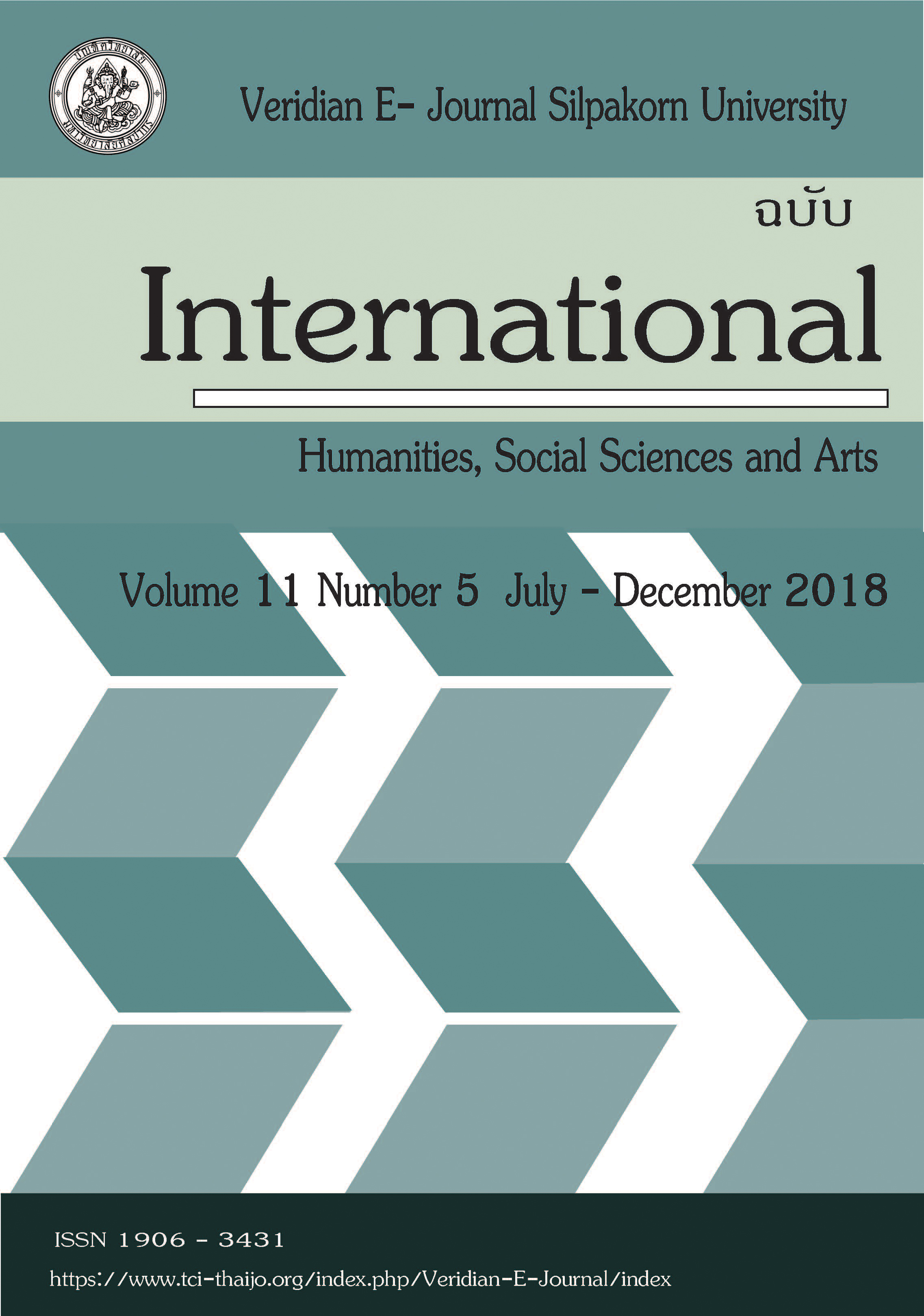The Study of solar energy for Photovoltaic Sculpture
Main Article Content
บทคัดย่อ
Renewable energy means the clean energy such as solar energy, wind power, hydropower, etc. These sources of energy will be the world’s major resource of energy in the near future. Although the efficiency of the renewable energy production is still low comparing to its cost, but the development is continuously on the way. Currently, the usage of solar energy in Thailand is still limited mostly to the household or industrial usage. In terms of art, solar energy application for aesthetics propose is rare. However, the problem of using the solar panel in any design would be limited technically to the fact that the solar panel must face the sun directly for the full light exposure and maximum efficiency. On the contrary, the artistic beauty might not require the maximum efficiency but rather focus on the aesthetic quality.
This article aims to present the experiment result and confirm that the planar which could face the sun in multi directions would affect the design, which might not always have to face the sun directly. The multi-direction planar would lead to more variety in artistic design and the interesting forms of aesthetic qualities. Apart from the artistic benefits, this study could also lead to the various product designs to increase utility and respond to the consumers’ needs. In this study, the researcher selected the Monocrystalline solar cell (mono-Si) to experiment in electricity production, together with wood and wire for the sculpture model. The study process started from 1. Site Assessment: Specific location by Latitude will be achieved I. Altitude II. Seasons III. Sunlight direction IV. 2. Photovoltaic Layout Design 3. Design of Model Sculpture 4. Observation 5. Solar Correction Data for Electric Power 6. Experiment of energy to use in Art. The experiment results confirmed that it was possible to create a sculpture which could generate electricity. The electricity generating instruments could be built and incorporated as a part of the sculpture without requiring any dismantlement. Therefore, the artistic beauty could be combined with the scientific usage appropriately.

